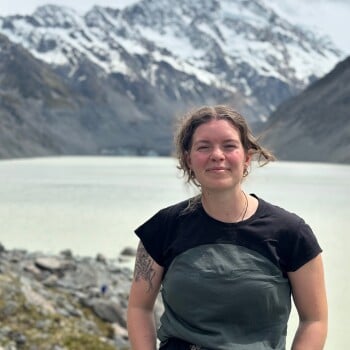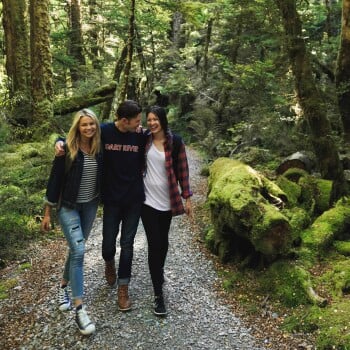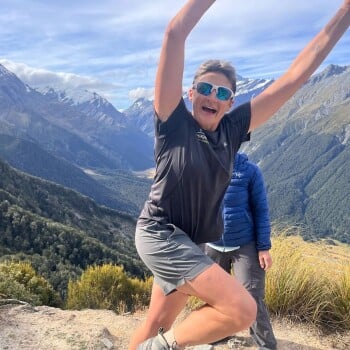- About Us
-
Trips
-
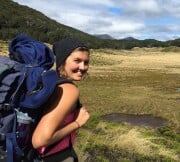 Kiwi-Style Hiking
Kiwi-Style Hiking
-
 Great Walks
Great Walks
-
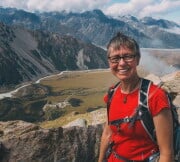 Hiking Tours
Hiking Tours
-
Alpine Hikes
-
Custom Groups
- Huayhuash Trek
- Family Northern Explorer
- Family Southern Explorer
- Lake Waikaremoana Hike
- Women's Custom Tours
- Women's Southern Wilderness
- Coast, Canyons and Mountains
- Coastal Wanderer Custom Tour
- Don't Cross the Ladies
- Secret South Custom Tour
- Tekapo Hike
- West Coast Custom Tour
- World Heritage Custom Tour
-
- Blog
- Shortlist
- About Us
- Trips
- Blog
- Shortlist

Jun 14, 2016
Traversing the volcanic moonscape of contorted lava flows and ash fields as you climb to the emerald lakes is jaw-dropping. Crossing this diverse volcanic plateau - lava valleys, scarlet moonscapes and steaming explosion craters is other-worldly and starkly different from so much of the hiking here in New Zealand. We explore this volcanic wonderland on a number of our trips, for those with the time and the desire to do multi-day hikes we stay in Tongariro National Park and time hiking the Tongariro Crossing to minimise the impact of day hikers. We sent Ange, our sales and customer service guru to experience the crossing as day walk on our Northern Portion.
What were a couple of the highlights of the entire Northern Portion Hiking Tour for you?
The highlight of the trip was escaping the South Island and spending time in the North - hiking in places I had only ever driven past previously. The Tongariro Crossing would be the absolute highlight as I knew very little about it and so was keen to experience it, not only for my own personal challenge but so I could better inform others.
Lake Rotopounamu was also beautiful; a ‘treasure’ just off a main highway. Easily accessible, peaceful, warm water. If only I had packed my swimsuit….

Is the Tongariro Crossing worthy of its ‘Must Do’ reputation and do you need to go guided?
The Tongariro Crossing is certainly worth its status as one of the New Zealand’s greatest day hikes. It is a challenging hike through stark yet spectacular terrain and is a hike that should not be under-estimated. But, there is no seeking wilderness for solitude here.
But - if you are able to switch off from the multitudes on the track and appreciate the Crossing for what it is – a unique opportunity to get up close to an active volcanic landscape - then it is certainly worth experiencing. You may just have to turn a ‘blind-eye’ to the lightly clad and ill-equipped day-hikers, the ‘boom-box’ carriers pelting out Cold Play at full volume, and others who are there just to ‘tick’ this off and get it done without stopping to appreciate their surroundings.

I would definitely recommend doing this hike guided due to the local knowledge of the guides, their familiarity with the terrain and their ability to ‘read’ the weather as it can change quickly. They are able to provide guidance on just what you do need to carry to safely negotiate the Crossing (amongst other items, at least 2 litres of water, a raincoat, warm clothing, and sunblock are essential). They get to carry a first aid kit and other emergency items so you don’t have to. They ensure emergency procedures are in place and communication systems available.
They have arranged transport to the start of the hike - and from the end of the track before nightfall. Most crucially, they know you are out there so your whereabouts will be accounted for at the end of the day. Plus, they can tell you the best place to go for a celebratory drink after the hike, or where the nearest spa pool, podiatrist or masseuse are! Basically they do the planning, you just relax and enjoy the hike…
As to whether or not this is a ‘Must do’ – this is very much a personal decision, based on what you are seeking. If you are looking for solitude and peaceful immersion in nature, then this may not be the hike for you, but if you want to pay homage to the forces which have shaped our landscape, then the Crossing is well worth the effort.
The Crossing is a challenge on many levels, mentally and physically, due to the distance, the exposure to the elements, the altitude gains and the long descent. So if all this sounds like you, then I would definitely recommend you experience the Tongariro Crossing for yourself!
-
Did you have any reservations about joining the trip?
Just that the group would walk the legs off me! But the pace was great; everyone could walk at a speed they were comfortable with.
Also – would our house still be standing when I returned?! One husband, two teenagers, one crazy dog, and a multitude of animals, can get up to all kinds of mischief when mum’s away! Explosions, abseiling from the roof, strange science experiments, …. movie marathons, are all pretty much ‘par for the course’ when the one sane person in the household is absent.
Before departing did you do any specific training?
Other than making sure coffee drinking and chocolate eating skills were up to scratch, I increased the amount of daily walking and tried to get in a few extra long walks. Leather conditioner was applied to boots (which were well-fitted and broken in, so no nasty blisters this time) and the backpack was dusted off, rendering a few spiders and moths homeless.
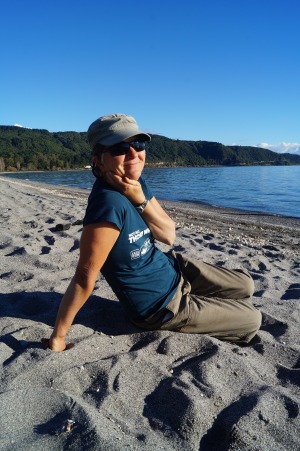
Your guide, Kath, has been guiding with Active Earth and Hiking NZ for many years and gets incredible feedback from clients. What is it about Kath that makes her so special?
Kath has an extra special ability to relate to clients; she is enthusiastic, perceptive and interested in people. She goes that “bit further” to add value to an experience, to make a trip that bit more memorable and special. Her knowledge of flora, fauna and local history is fantastic. Kath is calm and adaptable and deals with evolving situations in an efficient manner, with no drama. She is also a great cook so if you think a hiking tour is a ‘diet plan’ you might want to think again!
Would you go on a guided trip again?
Definitely; everything is taken care of for you – the domestic travel, accommodation and meals, as well as the itinerary. Someone else has figured out how to make it all work, and which trails are the best to give a fantastic cross-section of New Zealand hiking - from the more well-known hikes to those less-frequented, so you can experience solitude not just numbers.
Small group travel is great – it’s more personal and there can be more attention to the small details which can change a trip from being just an experience to being an experience of a lifetime.
So North Island or South Island?
Being a South Islander born and bred I am biased, so probably not the best question to ask if you want an honest answer!
The South Island is great; there has to be more sheep than people down here (though now, it’s probably more dairy cows than people) and my familiarity with this ‘neck of the woods’ makes life here comfortable. But we have the shaky ground, the nor’westers and droughts, and harsh winter frosts (admittedly followed by crisp, clear sunny days).
The North Island is ‘busier’ – more people, more cars, more active volcanoes, more rain … but still stunning.
My favourite spots in New Zealand would have to be the West Coast of the South Island (with its rugged mountain- and sea-scapes) and Aoraki-Mt Cook National Park (for its peacefulness and stunning scenery). As both are in the South Island, I guess that answers the question …..



